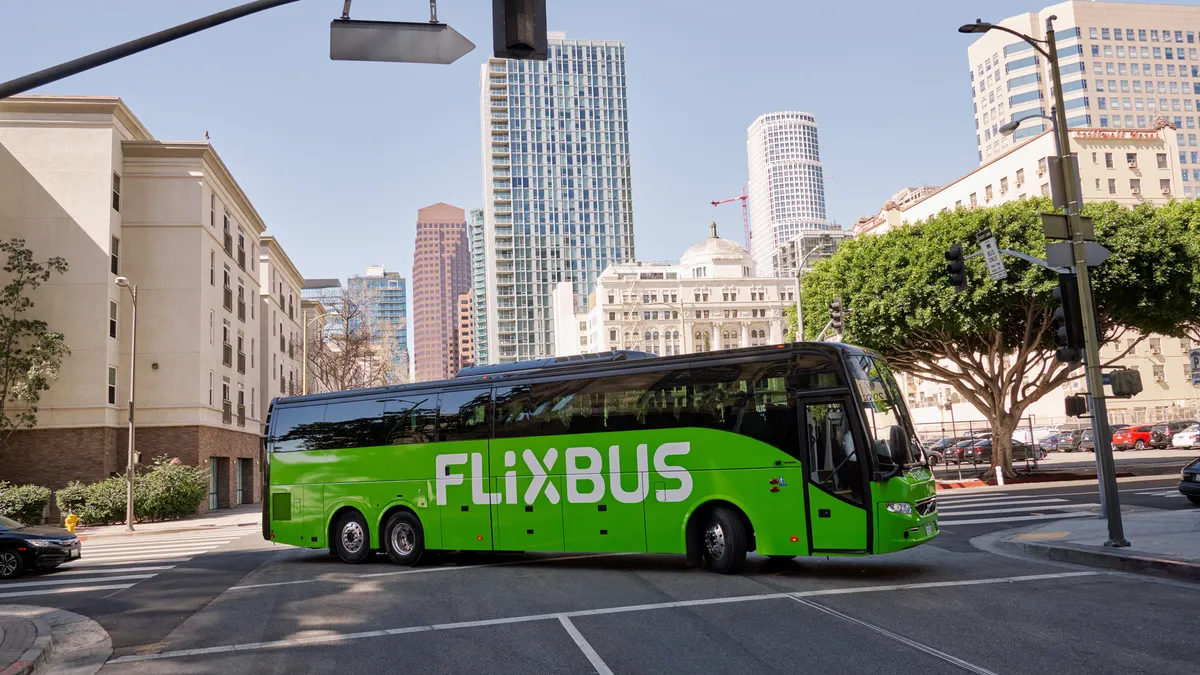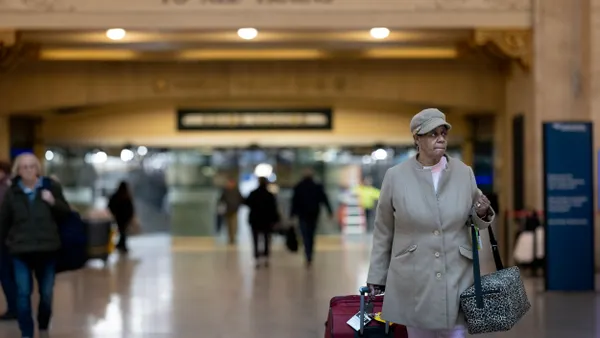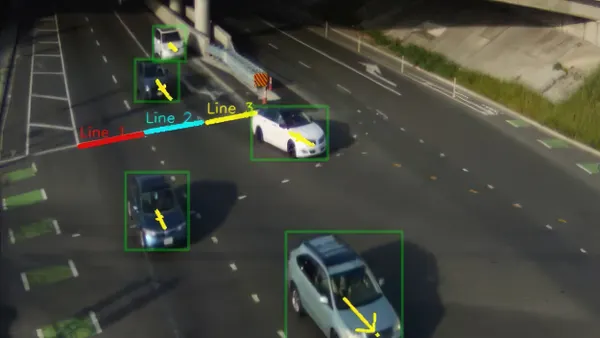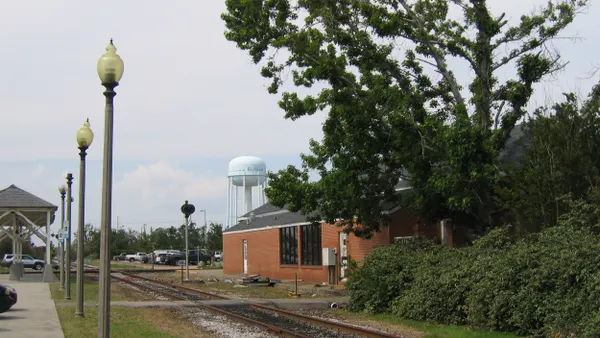More travelers are taking the bus this year, sparking a recovery for intercity and interstate bus lines that struggled during the height of the pandemic. But there’s still a long way to go to reach ridership levels that the industry saw prior to COVID-19.
In 2020, nearly one-fifth of motor coach companies in the United States went out of business, according to the American Bus Association Foundation. The Chaddick Institute for Metropolitan Development estimated that passenger traffic was just 45% of pre-pandemic levels in late 2020.
Joseph Schwieterman, director of the Chaddick Institute at DePaul University, said he projects ridership this summer to be about 65% to 70% of pre-pandemic levels, based on conversations with many bus operators. But the recovery varies in different regions of the country, he added.
Routes in the Northeast Corridor likely remain down about 30%, Schwieterman said, and some of that is due to the continuing shortage of drivers and mechanics.
A report issued in February by the Chaddick Institute anticipated “a sustained recovery” for the intercity bus industry. Schwieterman said the institute continues to project bus traffic will reach 80% of pre-pandemic levels in 2023, helped by the rise in gasoline prices, and approach 90% in 2024.
“This fear of traveling together by bus has more or less disappeared,” said Pierre Gourdain, president and COO of FlixBus Inc. “We see demand for intercity bus service throughout the year has not stopped expanding.”
The company has expanded its route network, adding destinations in the Midwest and cross-border service to Canadian cities including Ottawa, Toronto and Vancouver. “The FlixBus network is better and we have more passengers than before COVID,” Gourdain said, but added that the California market is lagging.
Greyhound, which Flix acquired last year, remains the largest carrier, with FlixBus-branded routes at number two, Gourdain said. The two companies operate independently, he said.
Looking ahead, Schwieterman sees “a golden opportunity” for bus lines as Amtrak prepares a major expansion of its routes, linking more city pairs. That’s because Amtrak already operates bus routes to connect trains with cities outside its service lines under the “Amtrak Thruway” brand.
The Chaddick Institute report predicts that the Amtrak bus system, which has consisted of more than 150 intercity bus routes, is “poised for dramatic expansion.”











